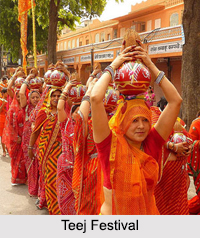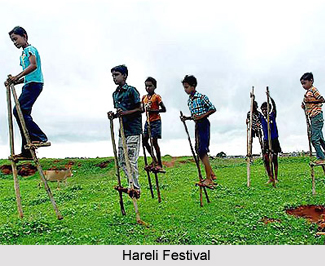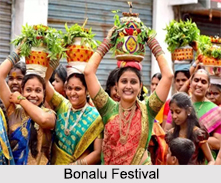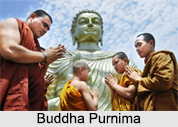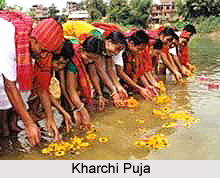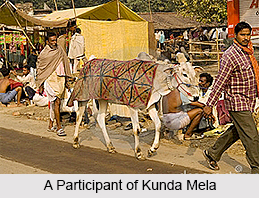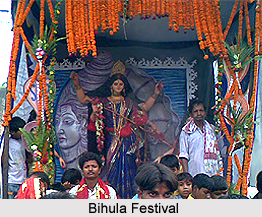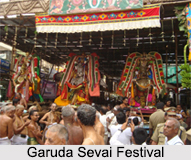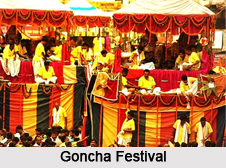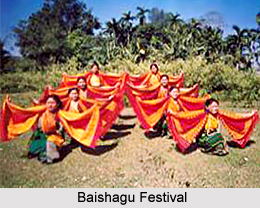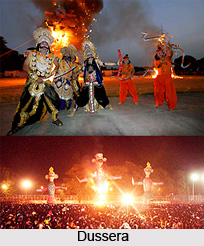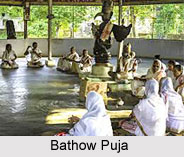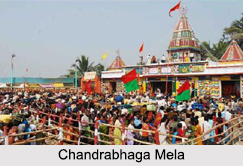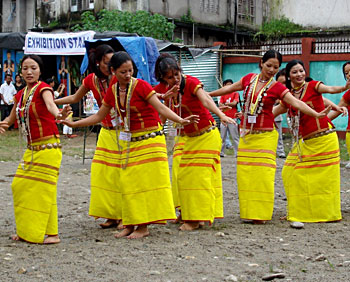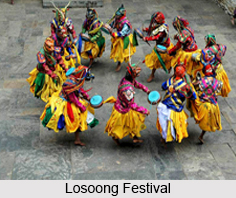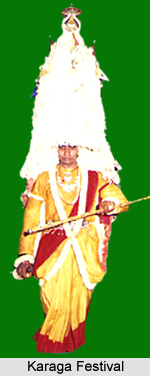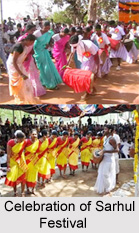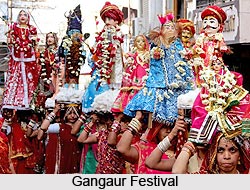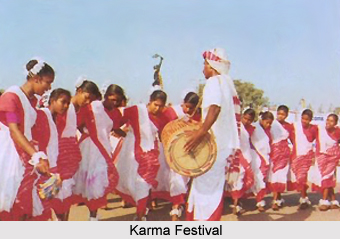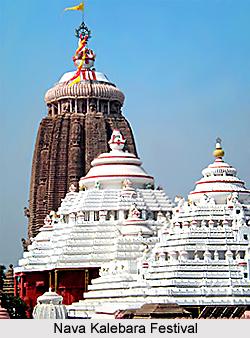 Nava Kalebara is celebrated once in every twelve to nineteen years in Odisha. In this the idols of Lord Jagannath, Lord Balabhadra and Goddess Subhadra are replaced by new ones. The term Nabakalebara is an amalgamation of two Oriya words "Naba" (new) and "kalebara" (body) which means change of the physical form.
Nava Kalebara is celebrated once in every twelve to nineteen years in Odisha. In this the idols of Lord Jagannath, Lord Balabhadra and Goddess Subhadra are replaced by new ones. The term Nabakalebara is an amalgamation of two Oriya words "Naba" (new) and "kalebara" (body) which means change of the physical form.
Rituals of Nava Kalebara
Many rituals are observed for the festival of Nava Kalebara. The standard law adopted to fix the year of renewal is to find a year, which has two full moons in the month of `Asadha`. A lunar month is excluded in every three years from the calculation to keep a balance between the lunar and the solar years. This particular month, which is excluded from calculation, is known as "Adhimasa" or "Mala Masa." This is also called Purusottama Masa as this month is considered to be most sacred for the festival. During the last hundred years such festivals have been held only seven times in 1863, 1893, 1931, 1950, 1969, 1978 and 1996.
Many other sacred rituals are followed for construction of the new images. As soon as the date is set for the festival of Nava Kalebara the `Gajapati Maharajah` of Puri issues a proclamation to the `Vidyapati`, `Daitas` and well versed Brahmins to hunt trees that would provide logs for making the images. The proclamation is usually issued on the 10th day of the full moon of `Chaitra`. After the mid-day rituals of the Lord Jagannatha, the `Mahapatras` receive "Agnya Mala." It is a garland that serves as a token of permission from the Lord to go in search.
Mahapatras carry this garland along with four `Daitapatis` to the "Anabasara Pindi" which is a platform inside the temple. There they are provided with new garments to wear. From there they go to the Jagannatha `Math`, from where they begin their journey. Mahapatras together with the Daitapatis, `Deulakarana`, `Tudhan`, `Lenka` and four carpenters proceed to the temple of `Mangala` at Kakatpur. They spend their night there to receive the permission of the Lord in dream before going in four directions in search of the trees.
There are strict injunctions for selection of the trees. The trees must be of `Neemba` that must have four branches and must be in near vicinity of a buried ground or river. Taking many other specifications into account the selection is made and the Daitapatis place the garland on the trees.
A platform is erected for "Bana-Yaga" ceremony. Four Brahmins conduct the ritual. Then the Daitapatis sit in meditation for three days. After this the Vidyapati marks the tree with a golden axe and then the carpenters begin to cut the tree into huge logs. Thereafter, the holy logs are carried in four wheeled-carts newly built for the purpose. The carts are not pulled by animals but by the `Sevakas` and the people.
The sacred logs are transported to the temple compound and are placed in the "Koili Baikuntha". On "Snana Purnima", the logs are bathed along with the aid of deities. The logs are then carried to "Darughara" and eight Brahmins perform the ritual. After this the carving of the images are done by a group of carpenters. Visiting the place during this time is strictly prohibited.
After the carvings are completed the traditional `chitrakars` paint the images in their respective colors. The new idols are then circulated for three times and brought to the `Anabasarapindi` for transfer of Brahma from the old deities into their new forms.
The rite is performed by the senior most `Pal Mahapatras` duringat the dead hour of the night. He performs the rite blind-folded and with hands covered with clothes. He takes away the Brahmas from the naval zones and places them in the same position in the new forms. Later the old images are buried in the wells of Koili Baikuntha by the Daitapatis.
The Nava Kalevar festival attracts millions of people from across the world to Puri. Nava Kalevar is one of the biggest festivals in the country and draws the most number of people.
